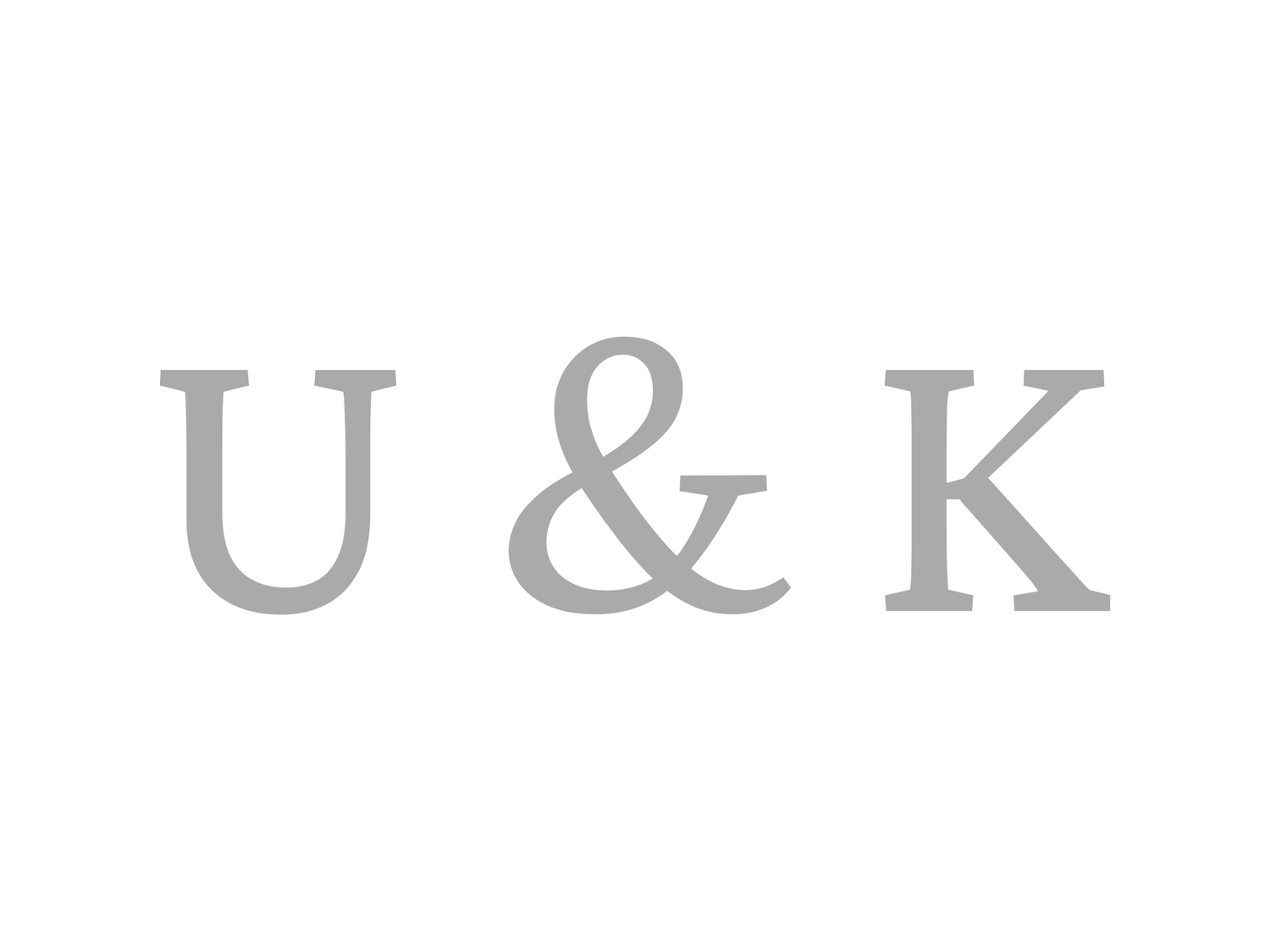Japanese Hair Salons vs. Other Salons: Differences in Haircut for Your Hair Type
When selecting the right salon, understanding the distinctions between Japanese hair salons and traditional salons can help ensure a result that complements your unique hair texture and style preferences. This article explores the primary differences in approach, technique, and service offerings between these two types of salons, allowing you to make an informed decision based on your hair care needs.
1. Emphasis on Hair Texture and Type: Japanese Salons Take a Tailored Approach
Japanese hair salons are particularly attentive to hair texture, focusing on enhancing the natural feel and movement of your hair. Stylists in these salons often adapt their cutting techniques based on your specific texture, whether it’s straight, wavy, or curly, aiming to bring out its natural beauty in every style.
In contrast, many traditional salons focus on general haircuts, usually adjusting the length and layering but not necessarily modifying their approach based on hair texture. While some stylists may incorporate texture into their cuts, the level of personalized care and attention seen in Japanese salons is less common.
2. Focus on Trend Sensitivity: Staying Ahead of Style Shifts
Japanese hair salons are renowned for their sensitivity to changing hair trends, often drawing inspiration from Japanese fashion and media, which emphasize clean lines, unique colors, and innovative styling. Stylists are typically trained to recognize and incorporate popular styles, giving clients a modern look that’s both trendy and culturally inspired.
On the other hand, traditional salons, depending on location and specialization, may or may not prioritize trendy styles. While some traditional salons stay updated with seasonal trends, the extent of adaptation may vary, particularly in regions where everyday looks and practicality are prioritized.
3. Customized Hair Care Plans
Japanese salons are known for their highly customized approach to hair care, crafting a care and styling routine specific to each client’s hair type, facial structure, and lifestyle. The stylists assess factors like hair health, density, and moisture levels to develop a comprehensive hair care plan. They often provide maintenance recommendations and, if needed, guide clients on styling at home to keep the salon-fresh look for longer.
Conversely, traditional salons tend to have a more generalized approach. They often provide essential guidance on product use but may lack the in-depth, personalized hair care plans that are common in Japanese salons.
4. Advanced Techniques and Training
One of the hallmarks of Japanese hair salons is their commitment to advanced styling techniques and training. Stylists are frequently updated on innovative cutting and coloring methods, ensuring that their techniques evolve with the latest hair care technology. As a result, clients benefit from a service that’s technically refined, often involving intricate methods like slide cutting or internal layering, which can add dimension and texture to the hair.
In traditional salons, the level of advanced training can vary. Many stylists do have formal education and practical experience, but advanced cutting techniques or specialized methods may not always be part of the repertoire, especially in locations that focus on volume service or quick styling.
5. High-Quality Product Selection and Hair Care Advice
Japanese salons prioritize hair health and often use premium products specifically formulated to maintain hair’s strength, shine, and texture. Stylists provide tailored advice on which products to use based on each client’s hair needs, ensuring they receive long-term benefits from every visit. This often includes guidance on using home treatments or specific styling products to preserve salon results.
In typical salons, hair care products are generally available, and stylists may recommend basic products to address common hair issues. However, these recommendations may lack the customization or depth of product knowledge provided at Japanese salons, particularly when it comes to products suited for specific textures or complex hair types.
Features of Typical Hair Salons
Traditional salons offer valuable services suited to various hair care needs, especially for those seeking basic cuts and efficient service. Let’s take a closer look at some defining features:
Basic Haircuts: Typical salons focus on providing standard cuts, primarily adjusting hair length and offering practical styles for everyday wear.
Quick Services: Traditional salons often prioritize speed, making them an ideal choice for those looking for a quick, budget-friendly trim.
Hair Care Products and Basic Advice: Traditional salons typically offer standard hair care products and advice on general maintenance. However, expertise in complex hair textures or specific styling techniques may be limited.
Conclusion: Choosing the Right Salon for Your Hair Needs
For those seeking a quick, straightforward haircut, a traditional salon provides affordable and efficient service. However, if you are looking to enhance your hair’s natural texture, follow current trends, or receive advanced styling with a focus on hair health, a Japanese hair salon might be your best option.

